Exploring Orchard Canyon: The Story of a Legacy Real Estate Deal with Ken McElroy
Nestled along the red rock cliffs and winding creek beds of Sedona, Arizona, lies Orchard Canyon, a property steeped in over a century of history. Our recent trip to this serene valley offered a rare glimpse into the heart and strategy of one of Ken McElroy’s most unique real estate ventures. From crisp mornings among ancient apple orchards to candid conversations with Ken, this experience revealed not only the charm of the land but the depth of commitment required to steward a legacy property.
The original home with additions, now the restaurant and lobby
A Property Unlike Any Other
Ken McElroy, author of The ABCs of Real Estate Investing, is an accomplished real estate investor known for his expertise in multi-family properties with a portfolio of over 9,000 units. We recently spent a weekend with Ken where he shared the journey behind Orchard Canyon in Oak Creek Canyon—a place he calls “absolutely magical.”
Ken at Chicken Point Overlook
Unlike his typical acquisitions, this was not a straightforward investment. Orchard Canyon had been on the market only once in over a century, owned by just two families. “When something has only been on the market twice in 100 years, you’ve got to take a look at why,” Ken explained. “It was such a unique piece that I couldn’t let it pass by.”
The property’s water rights, dating back to when the land was homesteaded, intrigued Ken as much as its historic charm. “Water rights are what everybody calls next century’s gold,” he said, marveling at the self-sustaining aqueduct system that brings water down from Flagstaff to the resort, providing natural pressure for irrigation, guest needs, and even bottling. “We own the water,” he added. “That’s huge. Our water bill is literally zero. If you can get your own water rights, it’s like a life hack for managing costs.”
Orchard Canyon has dozens of varieties of apples
The Historic Orchard and Its Legacy
Walking through the property, Ken led us to an antique apple press that transforms apples from the estate’s 350 trees into fresh cider for guests.
“This place used to be called Todd’s Lodge in the 1920s,” Ken explained, pointing out how the orchard had been an integral part of the land’s history. “They’d bring people in for fried chicken dinners and fish they caught in the creek. It started small but eventually became a popular resort.”
Ken’s stewardship was cemented in a pivotal moment during his first meeting with the property’s previous owners, the Garlands, and their listing broker. Observing Mary Garland’s body language as the broker outlined his vision, Ken reassured them, “No disrespect, but I think I’m going to leave it the way it is.” That was when he saw Mary’s relief.
“They had a choice of who to sell to, and they knew I wasn’t going to come in here and change everything,” he said. “This land has a story, and I knew it was my role to help preserve it.”
Standing with Ken in Oak Creek
The Path from Negative Cash Flow to Prosperity
Ken didn’t sugarcoat the challenges that came with Orchard Canyon.
“This property was negatively cash flowing,” he noted. “There were no online booking systems, no professional photos, and barely any guest ratings.” He saw this as an opportunity to breathe life into the resort without losing its essence.
His initial improvements were simple but effective: installing a bar, expanding the wine selection, and offering a happy hour to encourage guests to unwind and connect. “It doesn’t sound like much, but just adding a bar and offering quality wine added about $100,000 in revenue,” he said.
The garden at Orchard Canyon
As Ken talked us through his approach, he explained that maximizing value doesn’t always require a complete overhaul. “You have to work with what’s already there,” he said. “We boosted occupancy, improved rates, and started sourcing from our organic garden. When guests can experience something local and natural, they appreciate it in ways that make it worth every effort.”
The garden restoration, led by Ken’s team, transformed the resort’s culinary offerings. Eli, one of the gardeners, explained, “I came in from ground zero, restoring the soil and getting the microorganisms back to grow healthy, nutrient-dense produce. We’ve had hundreds of pounds of squash, zucchini, and other produce this year.”
As Ken added, “You can’t buy that kind of food in stores. It’s a taste that stays with you, and it’s just part of the experience here.”
Historic cabins at Orchard Canyon date back over 100 years
The Heartbeat of the Land
Ken’s stewardship of Orchard Canyon goes beyond financial returns. He’s committed to preserving its unique culture and character, offering staff on-site housing to ensure a team that feels at home.
“Having the right people here makes all the difference,” he shared. “They’re not just employees; they’re part of the heart of this place.” For Ken, this approach means low turnover, dedicated staff, and ultimately a richer experience for every guest.
“There’s a heartbeat to every real estate deal,” he reflected. “You can’t understand that heartbeat from a spreadsheet. You have to spend time on the ground, connecting with the property’s rhythms and its people.” Ken emphasized that such involvement has given him insights that wouldn’t have surfaced otherwise. “You can’t just parachute in and out of a place like this.”
With Ken in his Tomcar
A Legacy for the Future
Ken’s commitment to Orchard Canyon is deeper than a financial venture.
“When I bought the property, I talked to my kids about our number one rule for Garland’s Lodge,” he said. “They agreed: never sell Garland’s.” For Ken, Orchard Canyon is a legacy that he intends to pass down through generations, embedding his family’s values into the land they call home.
“It’s about stewardship,” he explained. “It’s about ensuring this land remains a place of refuge, history, and connection for decades to come.”
As we left Orchard Canyon, it was clear that Ken’s approach to real estate is as much about people and preservation as it is about profit. Orchard Canyon is not just an investment; it’s a legacy.
“There are so many things I want to do here still—off-grid power, reducing our carbon footprint, trying out new sustainability ideas,” Ken said with a smile. “There’s a future here that goes beyond me, and that’s the real goal.”
Ken reminds us that sometimes, the most valuable part of a property isn’t on paper. It’s in the land, the people, and the commitment to carry forward its story.
Orchard Canyon, under his care, continues to be a living testament to that belief.


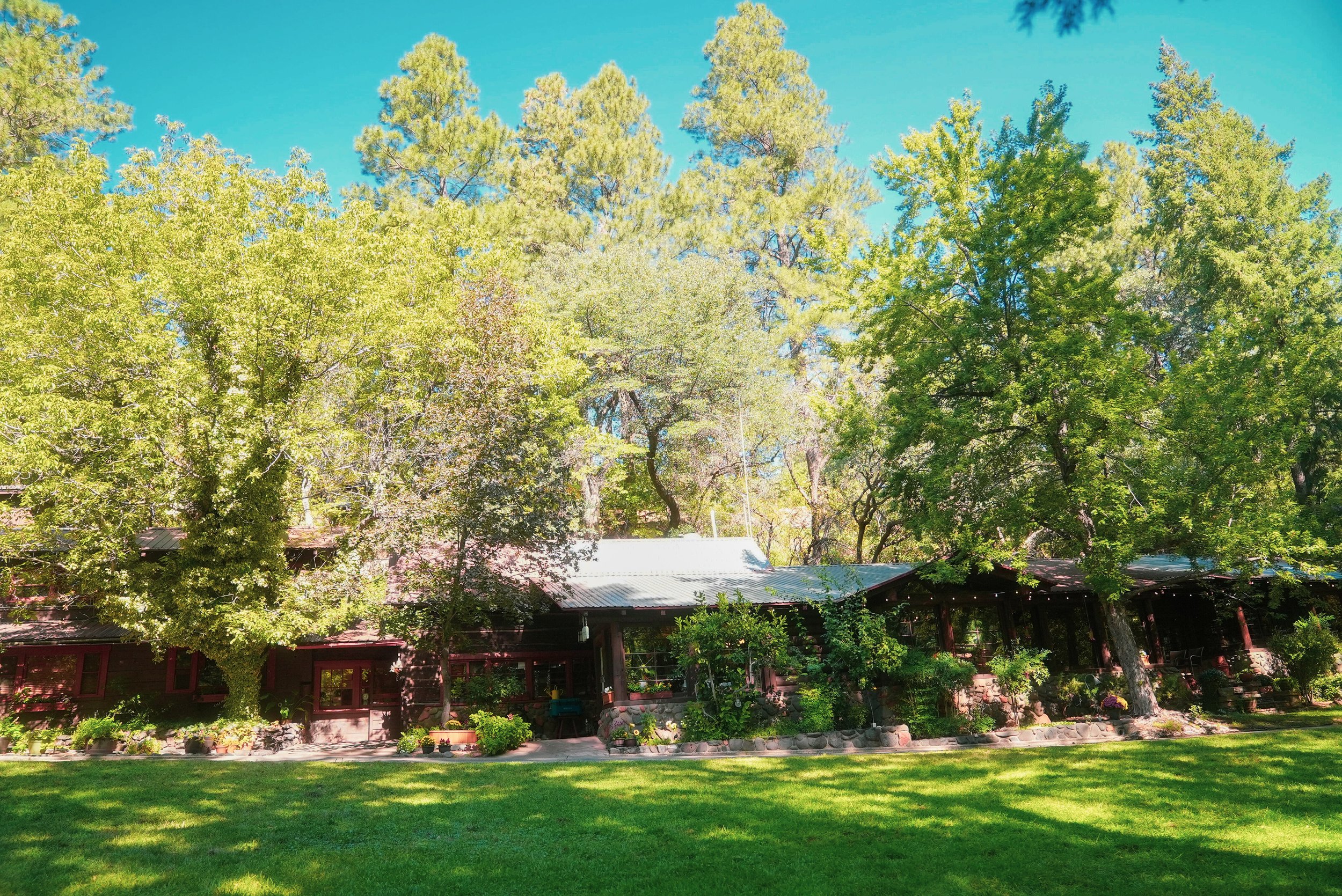


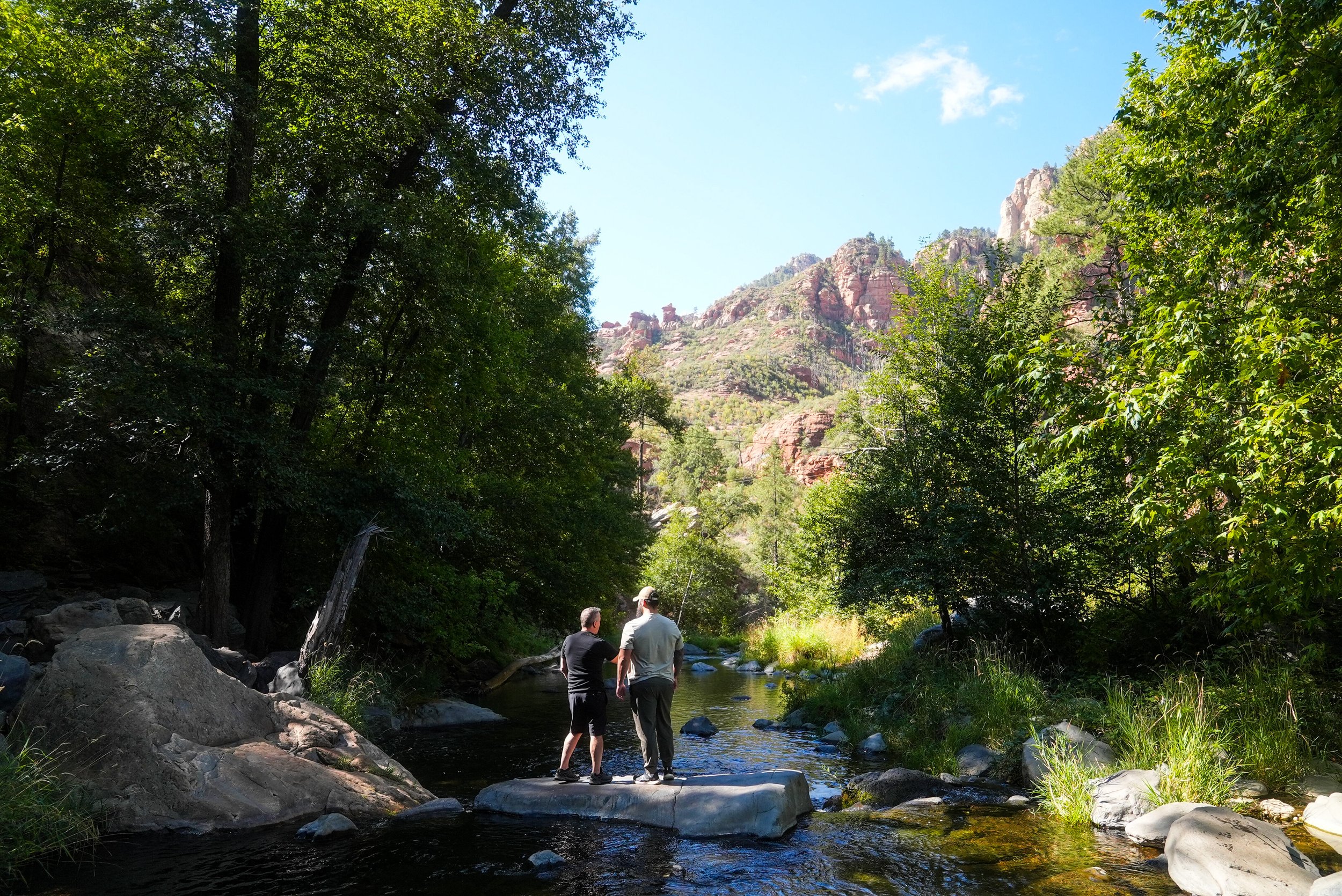

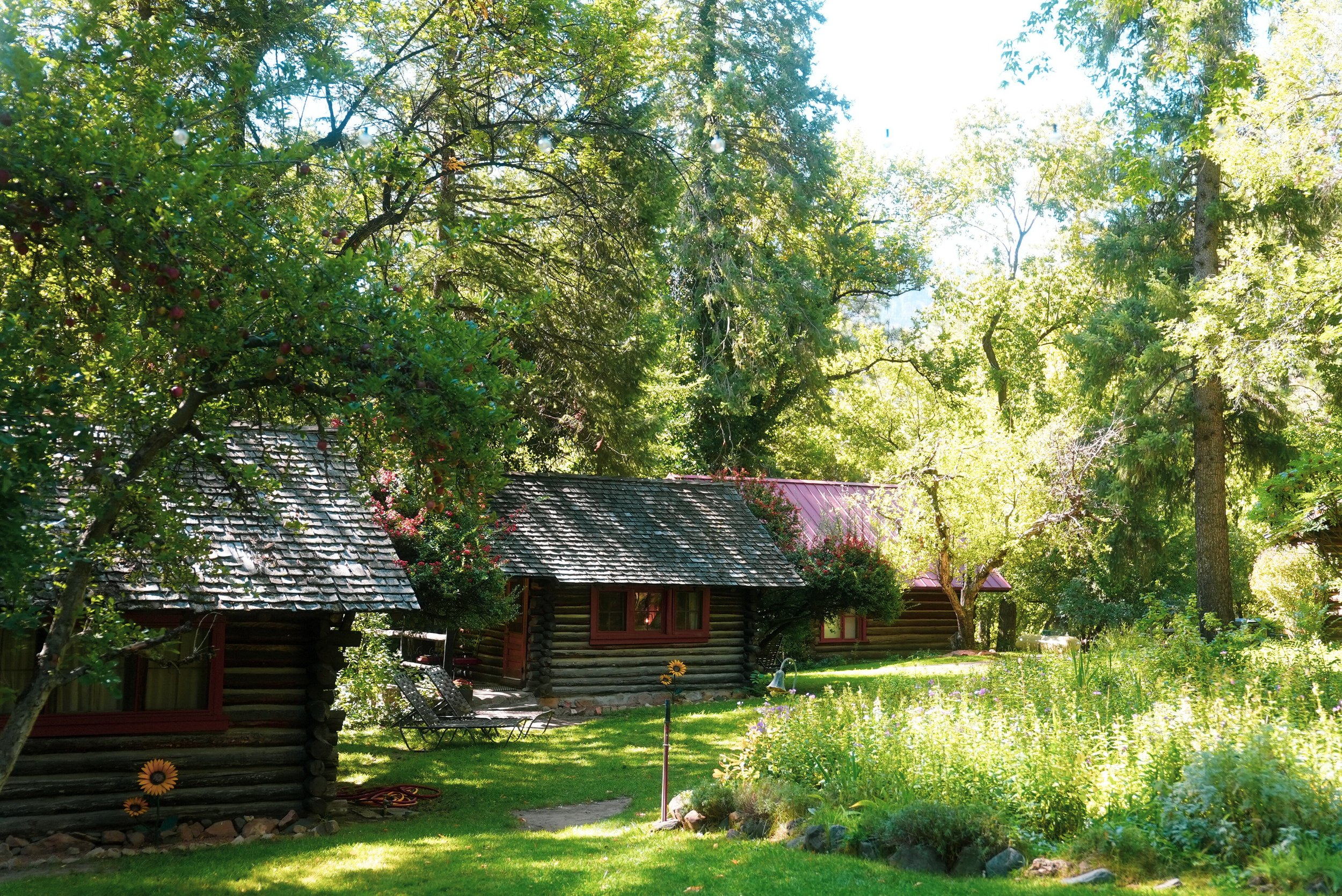
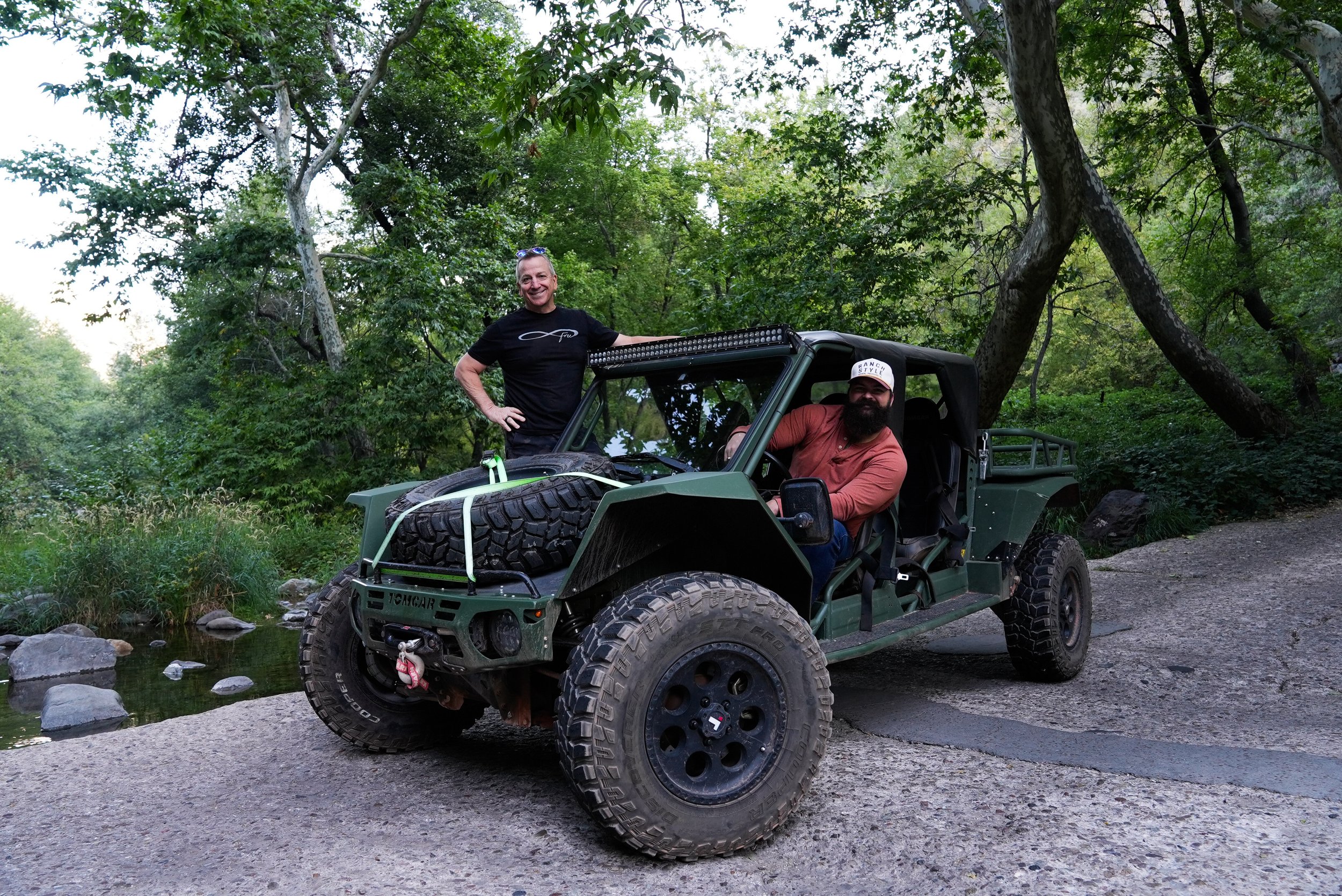

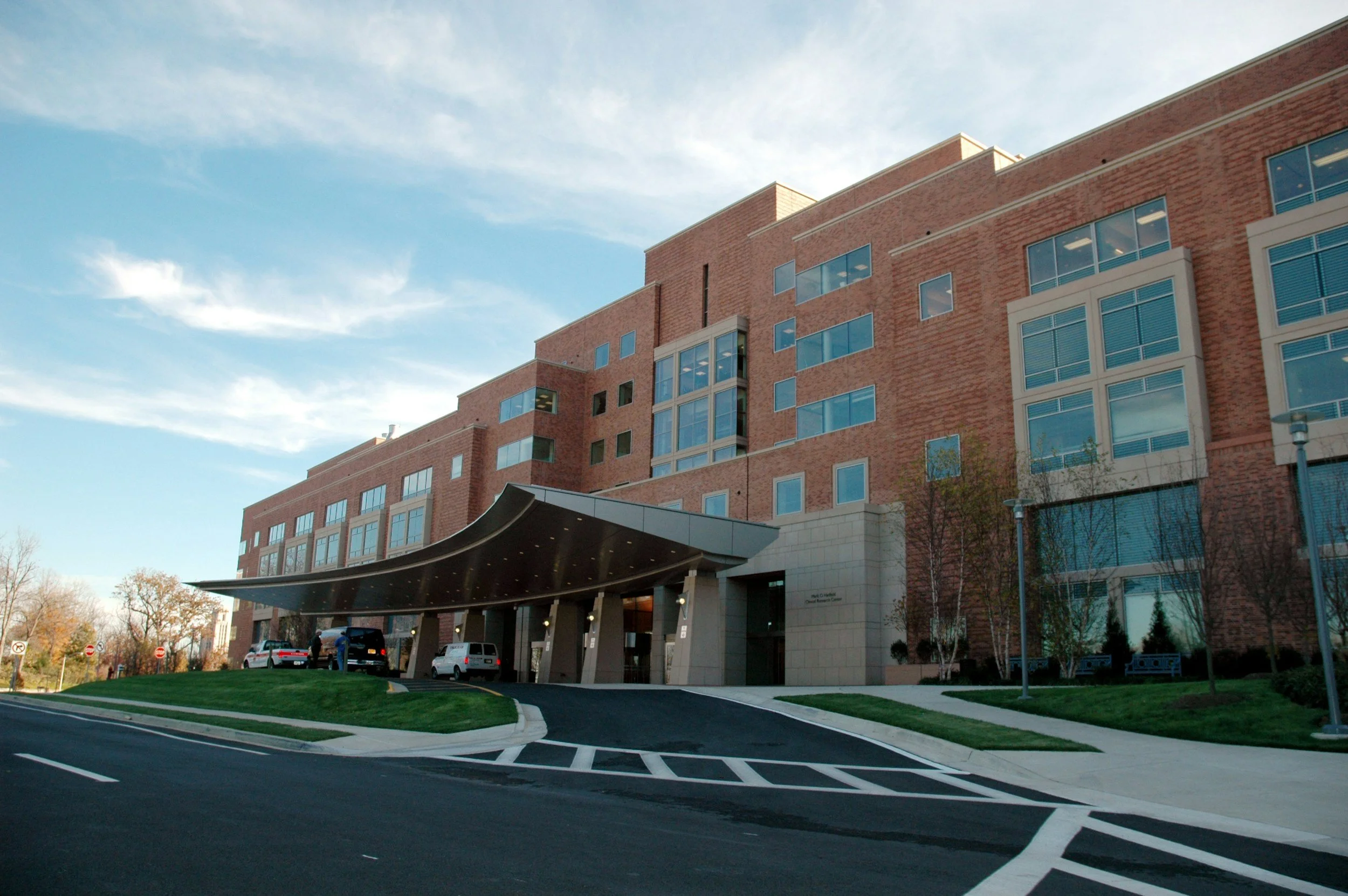
You don’t see high-net-worth investors unclogging toilets or chasing down tenants for rent checks.
They’re not waking up at 2 AM to field maintenance calls—or spending weekends vetting property managers.
Why? Because they’ve figured out a smarter way to invest in commercial real estate: syndications.
Syndications allow everyday investors to own fractional shares of high-quality commercial properties—without doing any of the heavy lifting. You provide the capital. An experienced sponsor team does everything else. And you get a direct stake in the deal’s cash flow, equity growth, and tax benefits.
It’s how the top 1% scale their portfolios while protecting their time.
And it’s not just for institutions anymore.
In this post, we’re breaking down everything you need to know about CRE syndications:
How they work
Why they’re one of the most powerful tools for passive income
And how to spot the right deals (and the right partners) before you invest
If you’re ready to earn like an owner without the day-to-day stress, this is the strategy you’ve been looking for.